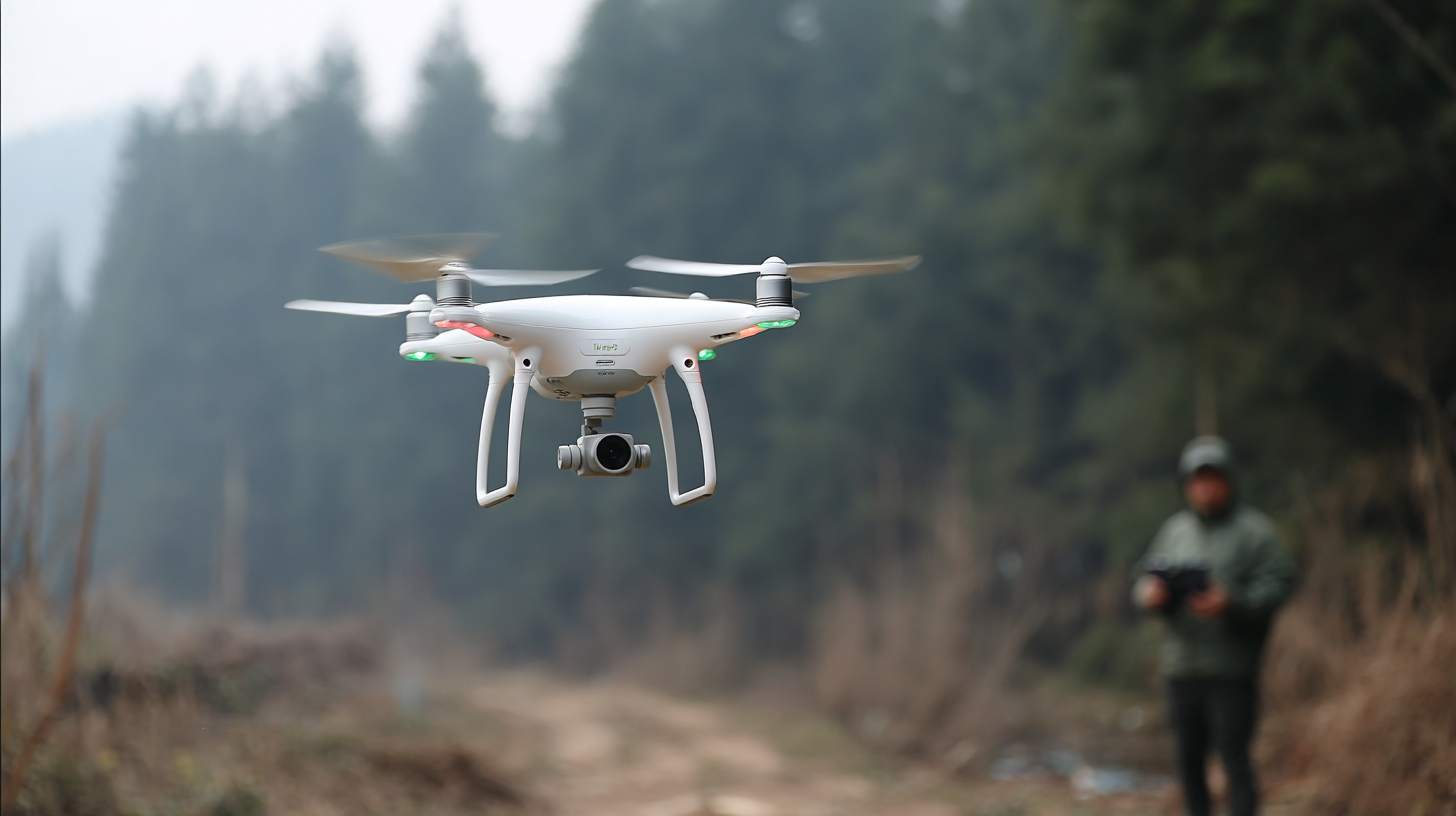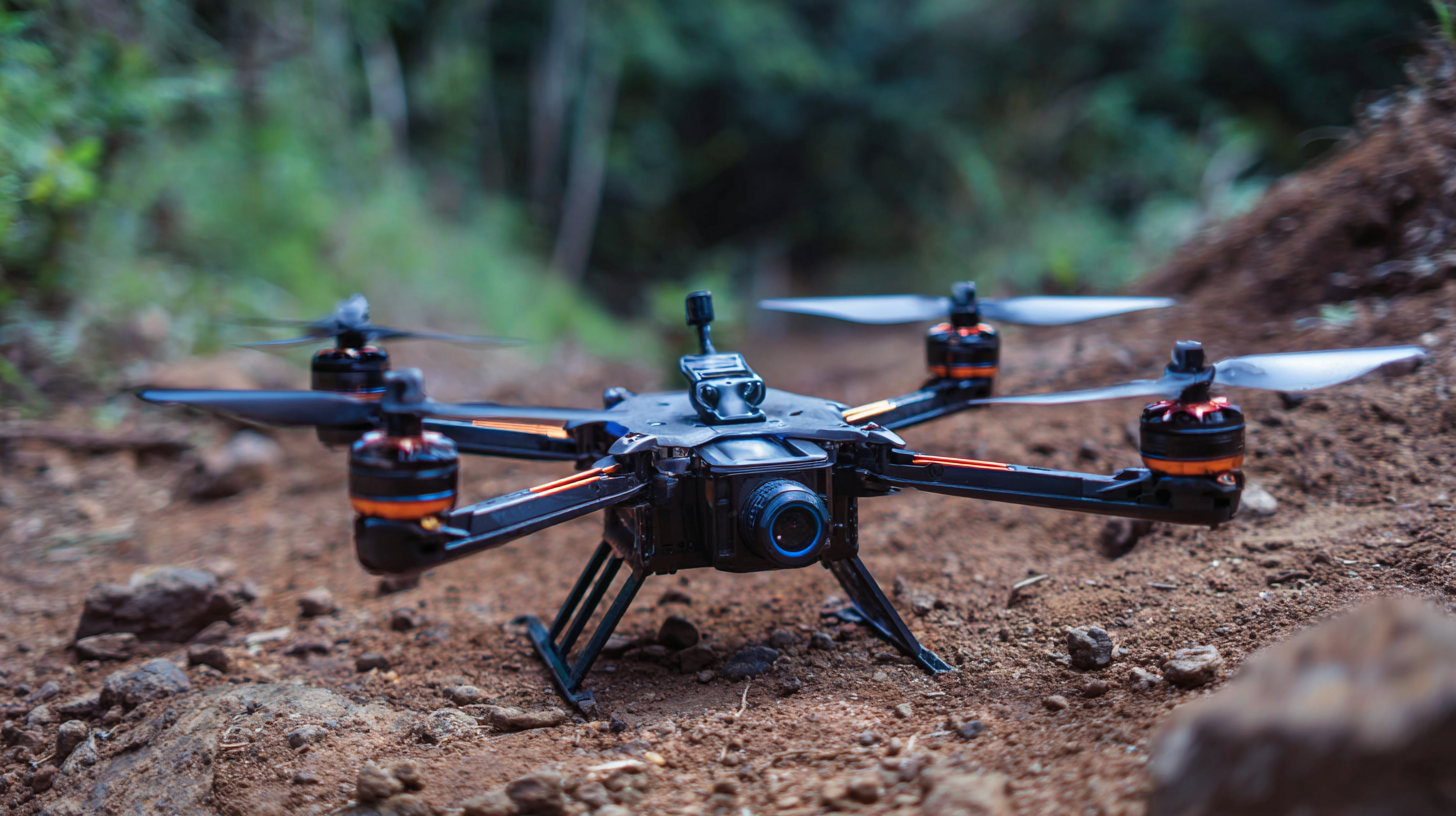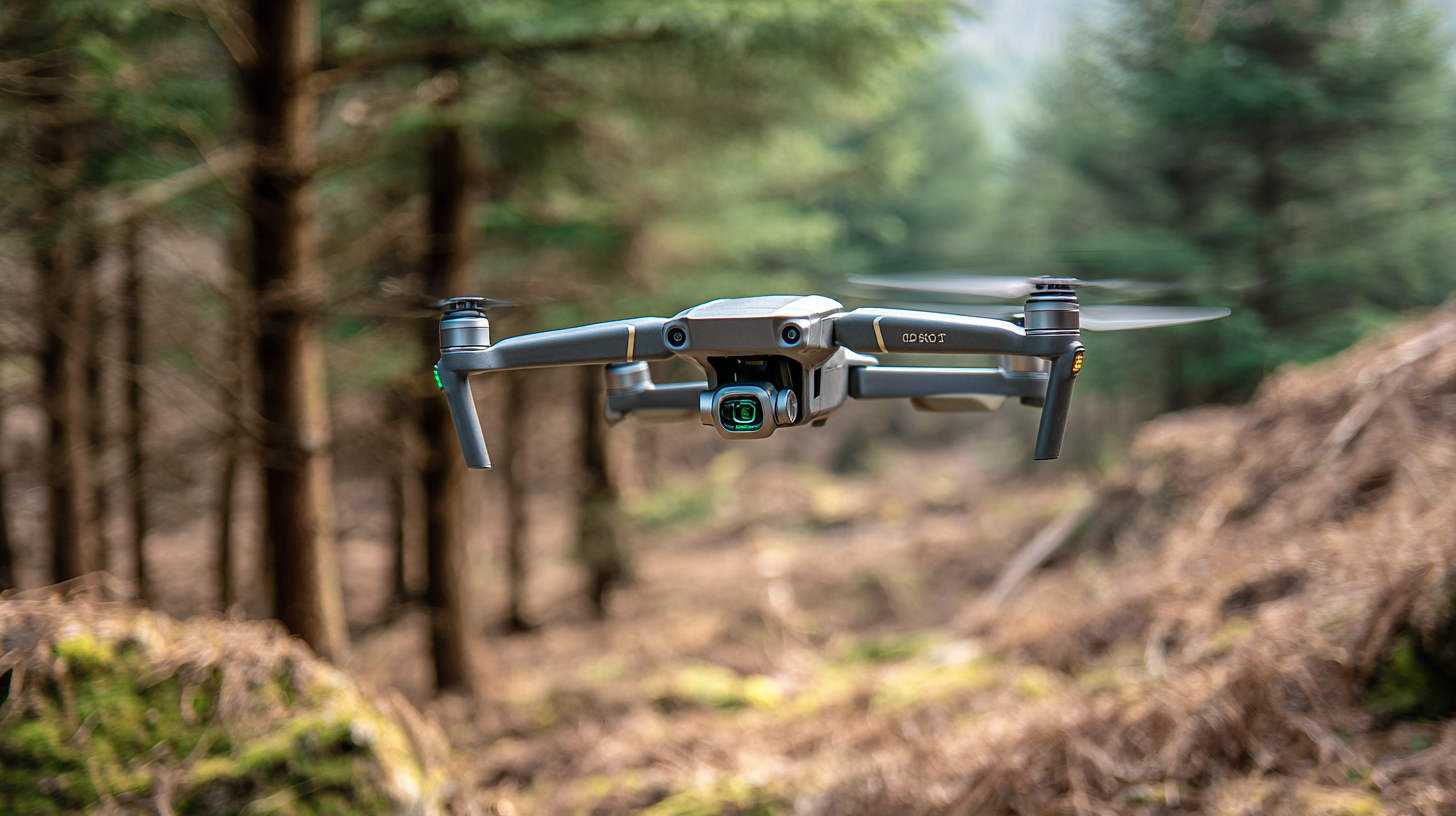
Exploring Alternative Options for the Best GPS RC Drones in the Market
 The rise of GPS RC drones has transformed various industries by providing innovative solutions and enhancing operational efficiency. According to a 2023 market research report by Fortune Business Insights, the global drone market is projected to reach $42.8 billion by 2025, with GPS-enabled drones accounting for a significant portion of this growth due to their precision and reliability. The integration of GPS technology enables these drones to deliver accurate positioning data, which is crucial for applications ranging from aerial photography to agricultural monitoring. As enthusiasts and professionals alike seek out the best GPS RC drones, exploring alternative options not only highlights the versatility of these devices but also underscores the numerous benefits they offer in terms of ease of use, enhanced navigational capabilities, and increased safety features. As we delve deeper into the world of GPS RC drones, understanding their advantages will empower users to make informed decisions tailored to their unique needs.
The rise of GPS RC drones has transformed various industries by providing innovative solutions and enhancing operational efficiency. According to a 2023 market research report by Fortune Business Insights, the global drone market is projected to reach $42.8 billion by 2025, with GPS-enabled drones accounting for a significant portion of this growth due to their precision and reliability. The integration of GPS technology enables these drones to deliver accurate positioning data, which is crucial for applications ranging from aerial photography to agricultural monitoring. As enthusiasts and professionals alike seek out the best GPS RC drones, exploring alternative options not only highlights the versatility of these devices but also underscores the numerous benefits they offer in terms of ease of use, enhanced navigational capabilities, and increased safety features. As we delve deeper into the world of GPS RC drones, understanding their advantages will empower users to make informed decisions tailored to their unique needs.
The Rise of GPS RC Drones: Market Trends and Innovations in 2025
The GPS RC drone market has witnessed significant growth in recent years, driven by advancements in technology and increasing demand across various sectors. In 2024, the global commercial drone market is valued at $13.86 billion, and projections indicate it will reach $17.34 billion in 2025, eventually soaring to $65.25 billion by 2032. This rapid expansion highlights the rising popularity of GPS-equipped drones, which offer enhanced navigation and operational efficiency for both recreational and professional users.

Alongside the hardware market, the drone services sector is also on an impressive growth trajectory. By 2024, the global drone services market is expected to be valued at $24.12 billion, with forecasts suggesting an increase to $32.08 billion in 2025, and a staggering climb to $213.87 billion by 2032. The surge in demand for drone services is fueled by their applications in industries such as agriculture, infrastructure, and delivery, making GPS RC drones integral tools for innovation and efficiency in 2025 and beyond.
Key Features to Consider When Choosing a GPS RC Drone for Optimal Performance
When choosing a GPS RC drone for optimal performance, several key features should be prioritized. Firstly, the drone’s flight time and battery efficiency are critical. A longer flight time ensures that users can accomplish more during each flight session without needing frequent recharges. As with any technology, advancements in battery technology can significantly enhance these capabilities, just as the recent trends in high-performance computing emphasize energy efficiency for prolonged performance.
Another essential feature to consider is the drone's GPS capabilities. Look for models that offer reliable and accurate GPS navigation, which can improve stability and enhance autonomous flying capabilities. This is especially important for users engaging in aerial photography or surveying, where precision is paramount. Additionally, consider the drone’s build quality and resistance to environmental factors. Some drones are designed to withstand harsher weather conditions, ensuring that performance remains consistent, akin to the advancements in high-performance systems aimed at increasing reliability even under stress.
Lastly, the integration of advanced technologies such as obstacle avoidance and real-time data transmission can greatly enhance the overall flying experience. As drones become more sophisticated, features that support safety and usability will play a vital role in deciding which model stands out in a competitive market. These factors combine to ensure that when selecting a GPS RC drone, users can achieve optimal performance tailored to their specific needs.
Comparative Analysis of Leading GPS RC Drone Brands and Their Unique Offerings
In the rapidly evolving world of remote-controlled (RC) drones, GPS capabilities have become a game-changer for both hobbyists and professionals. Industry reports from ResearchAndMarkets suggest that the global market for GPS drones is projected to reach $3.4 billion by 2025, driven by advancements in drone technology and increasing applications across sectors such as agriculture, surveillance, and photography. This growth has prompted many brands to refine their offerings, each vying for a share of this lucrative market.
When comparing leading GPS RC drone brands, several unique features stand out. DJI remains a top contender, known for its reliable flight performance and advanced obstacle avoidance technology in models like the Mavic Air 2. Meanwhile, Parrot has differentiated itself with innovative features in its Anafi USA, targeting the needs of professional users with thermal imaging capabilities. Additionally,
According to a study by MarketsandMarkets, the demand for drones equipped with advanced imaging technology is expected to grow exponentially, underscoring the importance of brand-specific innovations in maintaining competitive advantage in this dynamic market.
Understanding the Role of AI and IoT in Advancing GPS Drone Technology
The integration of Artificial Intelligence (AI) and the Internet of Things (IoT) in the realm of GPS drones is transforming agricultural practices significantly. The crop monitoring market is projected to reach USD 10.71 billion, a clear indication of the growing demand for precision agriculture solutions. Drones equipped with GPS technology and AI-driven analytics facilitate real-time data collection, helping farmers optimize yield and reduce waste. By leveraging satellite imaging and sensor data, these advancements empower farmers to make informed decisions about crop management, leading to increased productivity and sustainability.
Moreover, the utilization of drones is not limited to monitoring crops; they are also proving effective in combating illegal activities in agriculture. For instance, the Uttar Pradesh government is now employing AI and drone technology to monitor mining activities, showcasing the multifaceted applications of these innovations. In addition, precision farming devices, which incorporate IoT and advanced analytics, are redefining agricultural practices. As the industry continues to evolve, the marriage of GPS technology, AI, and IoT promises a new era of sustainability and efficiency in farming, driving significant growth and transformation in the agricultural sector.
Exploring the Advancements in GPS RC Drones
This chart illustrates the advancements in various performance metrics of GPS RC drones over the last few years, highlighting the impact of AI and IoT technologies.
Future Projections: Market Growth and Key Players in the GPS Drone Industry by 2025
The GPS drone industry is poised for substantial growth, with projections indicating a significant rise in market size by 2025. Various sectors including healthcare logistics and digital agriculture are anticipated to adopt GPS technology at an unprecedented rate. Data suggests that the global drone service market is expected to escalate from $320.8 billion in 2025 to a staggering $2.138 trillion by 2032, showcasing the growing reliance on drones for diverse applications ranging from delivery to agricultural monitoring.
Key players in the GPS drone market are likely to expand their offerings to meet rising consumer demand. This growth is driven not only by technological advancements but also by the increasing adoption of drones in industries such as healthcare, where logistics solutions are critical. The anticipated compound annual growth rates (CAGR) in segments like remote healthcare and digital agriculture signal a shift toward integration of innovative solutions, thereby enhancing efficiency and accuracy in operations. As we approach 2025, staying informed about these trends will be crucial for stakeholders aiming to navigate and capitalize on the evolving landscape of GPS-equipped drones.
